News Beat
News Beat reporting is an idrw.org initiative to let our Readers to report News Based on Actual facts but some how has not been reported in Main Stream Media .
SOURCE: RAUNAK KUNDE / NEWS BEAT / IDRW.ORG

India’s indigenously developed Tejas Mk2, a 17.5-ton all-up weight (AUW) fighter aircraft, is on the horizon, and it promises to be a game-changer in terms of indigenization and capabilities. With its planned rollout next year, the Tejas Mk2 is set to become a symbol of India’s self-reliance in the field of defence aviation.
Continue readingSOURCE: RAUNAK KUNDE / NEWS BEAT / IDRW.ORG
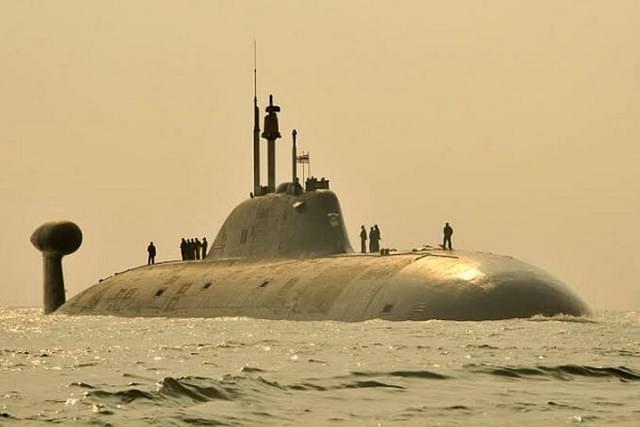
In 2019, India and Russia forged an agreement for the lease of an Akula-1 class nuclear-powered attack submarine from Russia, to be named Chakra III. This lease was set for a decade and was a significant development in India’s naval capabilities. However, amid the ongoing Russia-Ukraine conflict and Western sanctions on Russian entities, the deal has hit an impasse. The majority of payments from India for the lease have not been processed, raising questions about the fate of the Chakra III lease.
The Chakra III deal included the lease of an Akula-1 class nuclear attack submarine from Russia, with the delivery to the Indian Navy scheduled for 2025. This submarine was set to be the third Russian nuclear attack submarine leased to the Indian Navy. The agreement also covered the refurbishment of the submarine, incorporating Indian communication and sensor systems, as well as providing spare support and the technical infrastructure required for its operations.
Continue readingSOURCE: RAUNAK KUNDE / NEWS BEAT / IDRW.ORG

Hindustan Aeronautics Limited (HAL) has undertaken significant improvements to the auto-pilot system of its 3-ton Light Utility Helicopter (LUH). Fresh trials are underway to showcase these enhancements, to secure orders from the Indian Army and Indian Air Force. HAL has already received a Letter of Intent from the services for the production of 12 LUHs, a homegrown helicopter designed and developed in India.
The Indian Army has plans to procure a substantial order of 110 LUHs, pending a comprehensive evaluation of the initial six versions of HAL’s light utility chopper that the Army is set to receive. It is expected that bulk orders for LUHs will be placed in 2024, paving the way for deliveries commencing in 2026.
Continue readingSOURCE: RAUNAK KUNDE / NEWS BEAT / IDRW.ORG
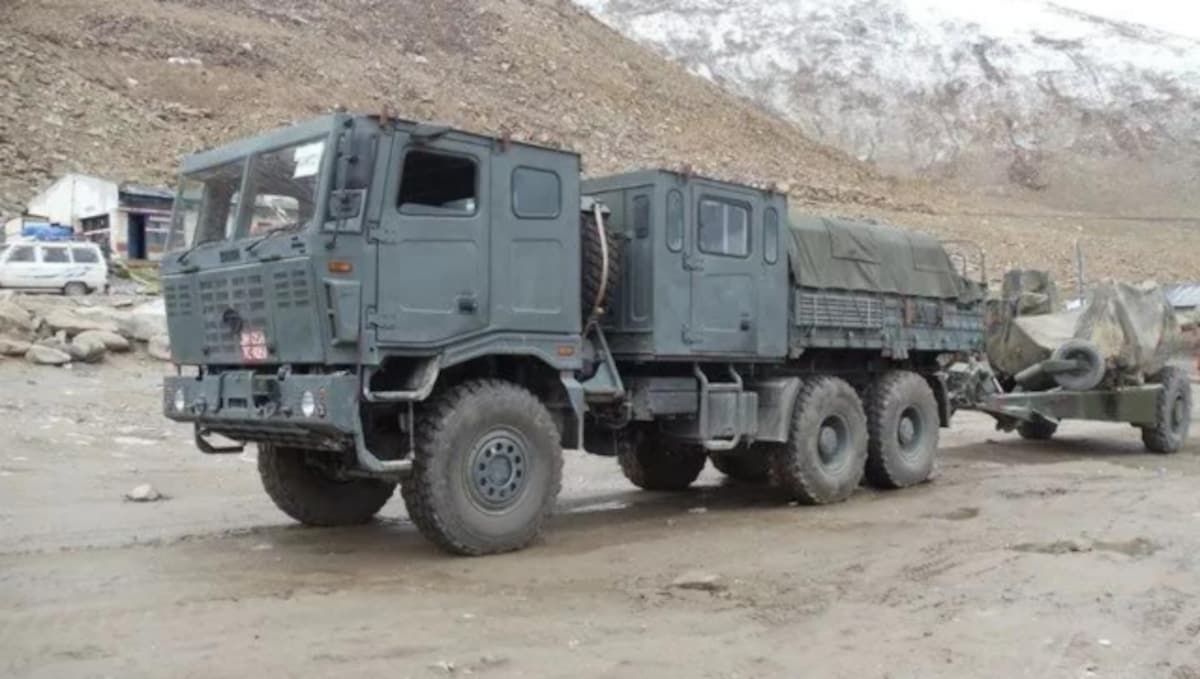
The Indian Army has taken a significant step towards enhancing its artillery support capabilities by issuing a Request for Information (RFI) for the procurement of High Mobility Vehicles (HMV) 6×6. These specialized vehicles, known as Gun Towing Vehicles (GTV), are crucial in providing the necessary mobility and logistical support for heavy artillery units.
The RFI outlines several key parameters for the Gun Towing Vehicle, which are pivotal to its effectiveness in supporting heavy artillery units:
Continue readingSOURCE: RAUNAK KUNDE / NEWS BEAT / IDRW.ORG
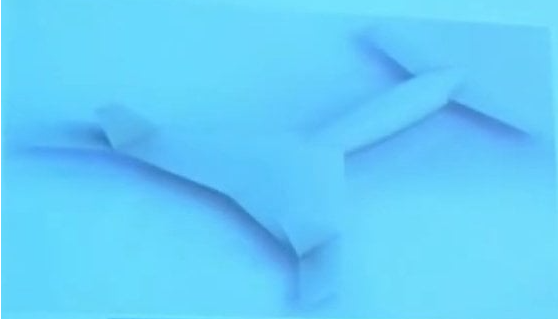
The National Aerospace Laboratories (NAL) in India is at the forefront of cutting-edge technology development, and their latest innovation is poised to make a significant impact on military operations. NAL is working on an Autonomous Fire and Forget UAV Loitering Munition, a weapon system that is akin to the Iranian Shahed 136-class loitering munition, which has gained prominence in recent conflicts, including the Ukraine war involving Russia.
This advanced technology promises an impressive range, endurance, and autonomous capabilities that could reshape the landscape of modern warfare.
Continue readingSOURCE: RAUNAK KUNDE / NEWS BEAT / IDRW.ORG
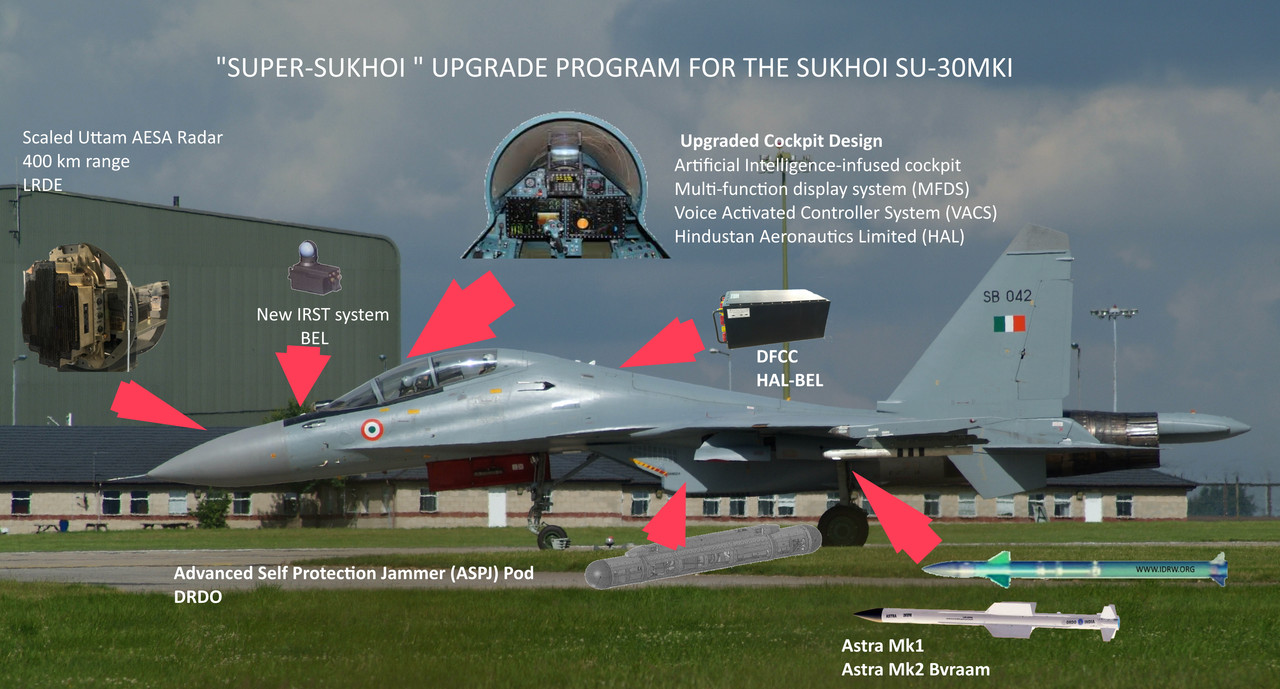
In a surprising turn of events, Russia’s prominent arms export company, Rosoboronexport, has acknowledged its limitations in delivering military equipment to overseas clients. The primary reason for this setback is Russia’s urgent need to focus on its campaign in Ukraine, where it has encountered repeated challenges. This revelation, made through an official press release on October 19, has raised eyebrows in the global arms trade arena.
One of the key repercussions of this shift in priorities is seen in the context of India’s Su-30MKI fighter jet upgrade program. Rosoboronexport, which initially proposed an all-Russian hardware configuration for the “Super 30” upgrade, has had to yield to India’s HAL (Hindustan Aeronautics Limited) proposed “Super 30” upgrade configuration. This new configuration will involve the replacement of major components and equipment on India’s fleet of 272 Su-30MKI jets with Indian-made counterparts.
Continue readingSOURCE: RAUNAK KUNDE / NEWS BEAT / IDRW.ORG
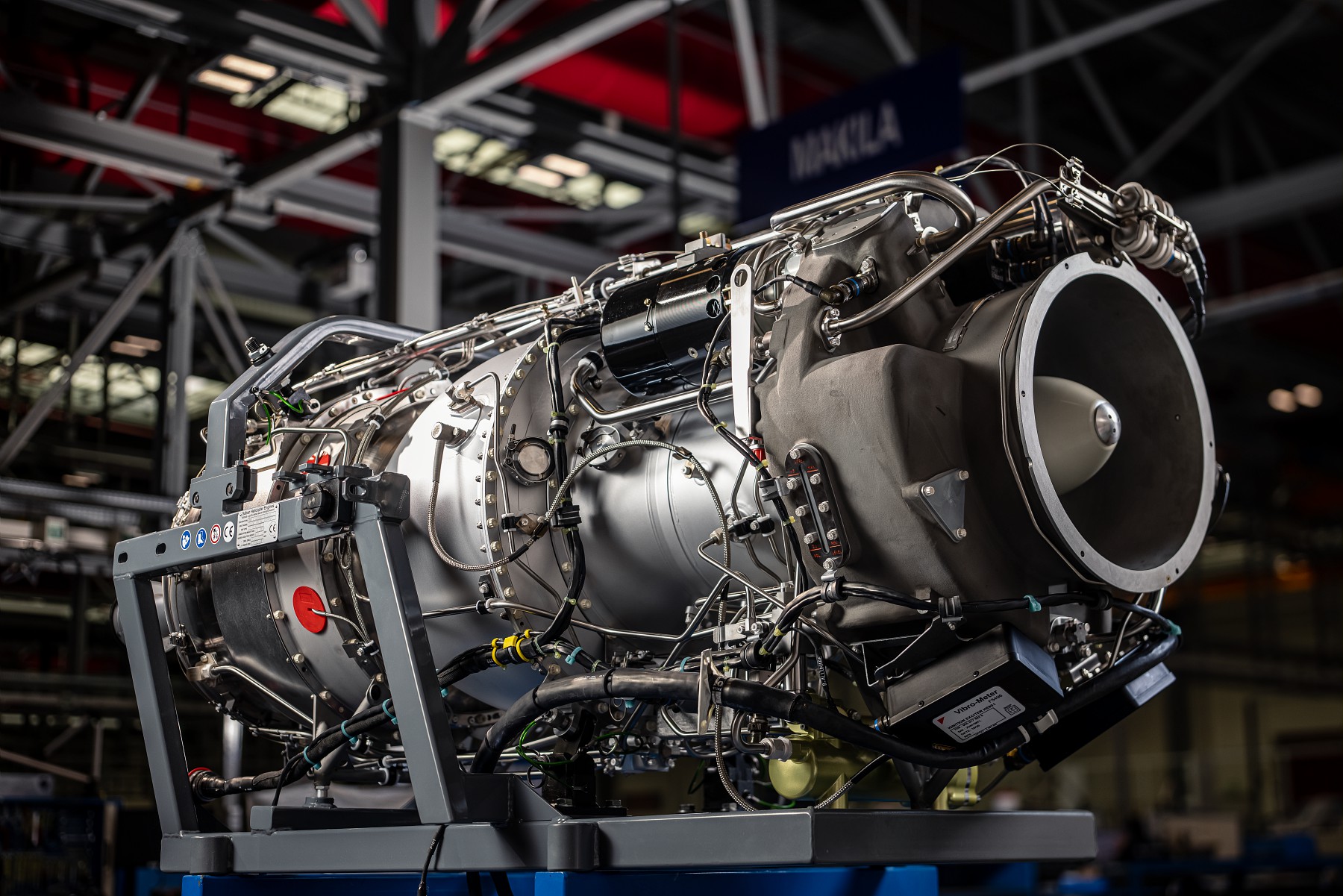
In a significant step toward enhancing India’s defence capabilities, Safran, the French aerospace and defence company, and Hindustan Aeronautics Limited (HAL), India’s premier aerospace company, are set to initiate a joint venture (JV) for the development of a new engine for the 13-ton Indian Multi-Role Helicopter (IMRH) program. This collaborative effort is poised to commence next month, with HAL’s Tumakuru facility serving as the hub for the engine’s development activities. The venture promises to be a game-changer for India’s defence capabilities.
In the Safran-HAL partnership, the workload is evenly split, with both companies contributing equally, sharing a 50:50 work share. The partnership is aimed at equipping the IMRH program with a cutting-edge engine that meets the unique and demanding requirements set by the Indian military.
Continue readingSOURCE: RAUNAK KUNDE / NEWS BEAT / IDRW.ORG

Hindustan Aeronautics Limited (HAL), India’s leading aerospace and defence company, is on a mission to ramp up the production of Tejas Mk1A fighter aircraft, a potent symbol of India’s indigenously developed military technology. In an interview with Hindustan Times, HAL Chief CB Ananthakrishnan outlined the company’s ambitious plan to increase Tejas production from the current 16 aircraft per year to 24 by 2025-26, with an ultimate goal of reaching a remarkable 30 units annually.
HAL’s plan to boost Tejas production revolves around close collaboration with private sector companies specializing in manufacturing aircraft components. Talks are already underway to enlist the support of these private sector partners to enhance production as the number of Tejas aircraft soar.
Continue readingSOURCE: RAUNAK KUNDE / NEWS BEAT / IDRW.ORG
The Indian Air Force (IAF) is poised to make a strategic decision to further expand its procurement of the Meteor missile, a European active radar-guided beyond-visual-range air-to-air missile (BVRAAM). This expansion comes in response to the delay in the development and production of the Solid Fuel Ducted Ramjet (SFDR), also known as Astra Mk3, by the Defence Research and Development Organisation (DRDO).
Astra Mk3, which was expected to enhance India’s air-to-air missile capabilities, is still five to six years away from entering production and is yet to undergo airborne developmental trials. The integration of the Meteor missile onto Indian platforms had initially faced challenges, but with the development of indigenous radar systems, these hurdles are being overcome, enabling the IAF to equip a broader range of aircraft with this formidable BVRAAM.
Continue readingSOURCE: RAUNAK KUNDE / NEWS BEAT / IDRW.ORG
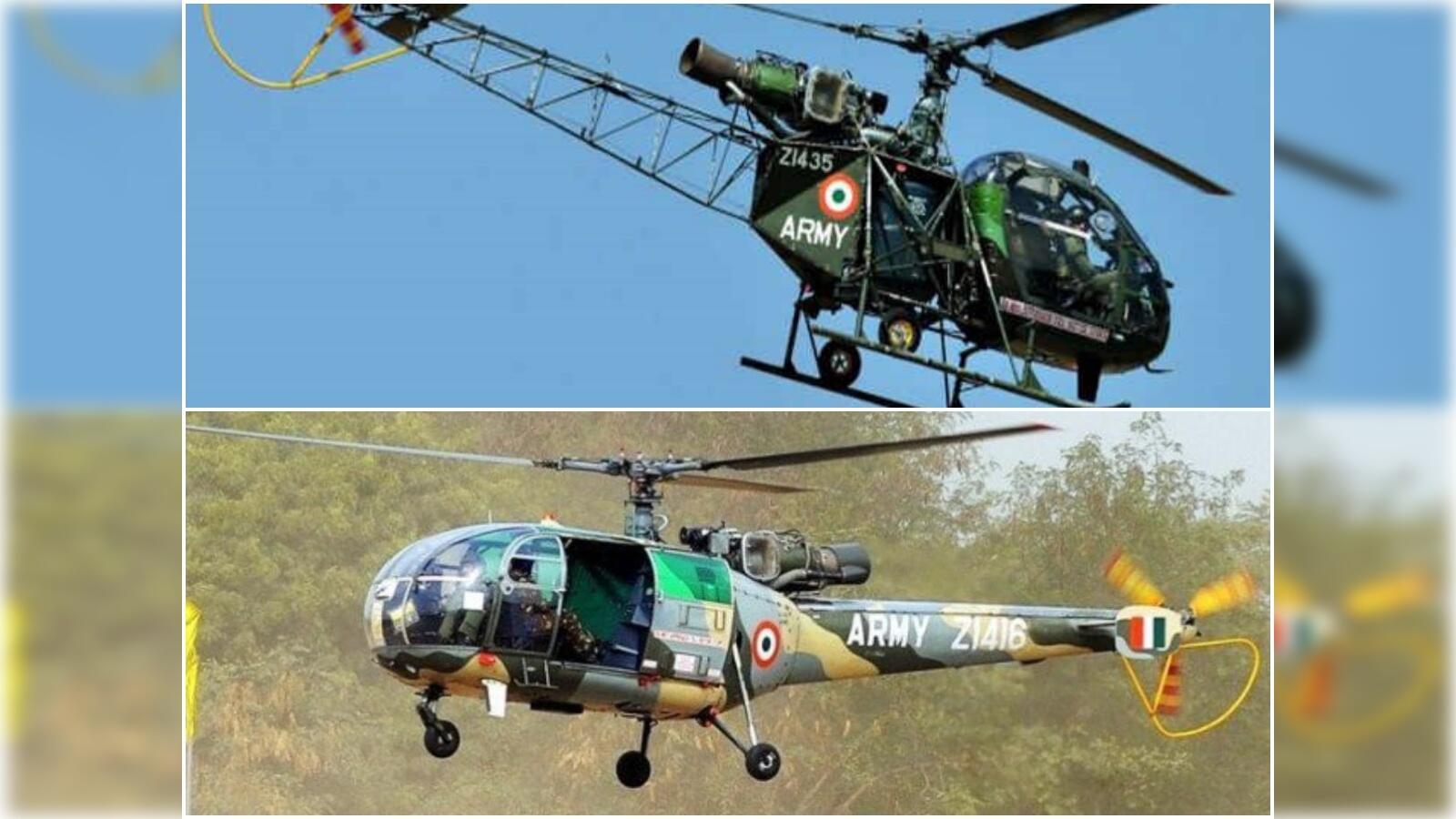
The Indian Army Aviation Corps, operating a fleet of nearly 200 Cheetah and Chetak helicopters dating back to the 1970s, is set to initiate their phase-out starting in 2027. These ageing helicopters will be replaced by the HAL-developed LUH (Light Utility Helicopter). In the first phase, approximately 50 Cheetah and Chetak helicopters that have exceeded their Total Technical Life (TTL) will be gradually retired. However, the remaining fleet is expected to continue in service until at least 2033, even though 70 per cent of these helicopters are over 30 years old.
Both the Indian Air Force (IAF) and the Army Aviation Corps (AAC) have been using Chetak and Cheetah helicopters for various missions, including the transportation of personnel and equipment, casualty evacuation, search and rescue operations, aerial surveys, patrolling, and off-shore and under-slung military operations. The IAF and AAC collectively operate between 60 to 120 of these helicopters.
Continue readingSOURCE: RAUNAK KUNDE / NEWS BEAT / IDRW.ORG

Hindustan Aeronautics Limited (HAL), India’s leading aerospace and defence company, is engaged in discussions with the Philippines regarding the potential sale of 20 ALH-Dhruv helicopters. This move signifies a significant step in the expansion of HAL’s footprint in the international market.
HAL Chairman and Managing Director, CB Ananthakrishnan, has confirmed that talks are in progress, highlighting the growing interest in Indian-made helicopters from abroad. People familiar with the matter have said that the Philippines is looking to procure Maritime variants for SAR and Marine Reconnaissance (MR) missions of the ALH-Dhruv Helicopters.
Continue readingSOURCE: RAUNAK KUNDE / NEWS BEAT / IDRW.ORG
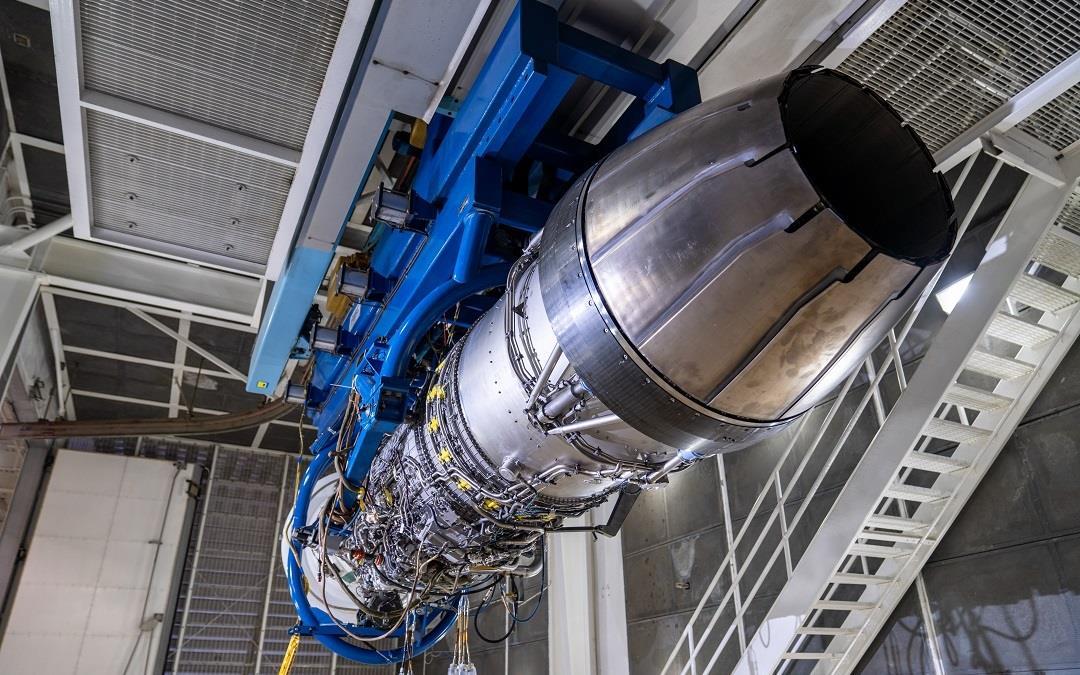
The world’s largest military procurement in recent years is underway, as the Indian Air Force (IAF) seeks to acquire 114 advanced fighter jets under the Multi-Role Fighter Aircraft (MRFA) tender. Boeing, a leading aircraft manufacturer, has responded to the Indian government’s request for information (RFI) with its formidable F-15EX fighter jet.
In 2021, Boeing received a license from the U.S. government to offer the F-15EX to the Indian Air Force, showcasing its commitment to the Indian defence market. The F-15EX, a versatile and proven fighter, was also exhibited at Aero India 2021 in Bengaluru, where it garnered attention for its capabilities and potential fit for India’s defence needs.
Continue readingSOURCE: RAUNAK KUNDE / NEWS BEAT / IDRW.ORG

Hindustan Aeronautics Limited (HAL), the renowned Indian aerospace and defence company, is gearing up for a significant transformation in its approach to international markets. HAL’s chairman and managing director, CB Ananthakrishnan, has confirmed the creation of a dedicated commercial and marketing arm. This strategic move aims to bolster HAL’s efforts in promoting and exporting its cutting-edge aerospace products to the global market.
HAL’s decision to establish a separate commercial and marketing arm comes in response to challenges faced in international markets. Notably, the company lost a deal to supply 18 LCA-Tejas Mk1A fighter jets to Malaysia in favour of South Korean Korea Aerospace Industries (KAI) and its FA-50 fighter jets. It was a surprising turn of events, as the LCA-Tejas Mk1A was not only more cost-effective but also demonstrated superior capabilities in various performance parameters.
Continue readingSOURCE: RAUNAK KUNDE / NEWS BEAT / IDRW.ORG

Hindustan Aeronautics Limited (HAL), one of India’s premier aerospace and defence companies, is actively pursuing opportunities for the export of Tejas Mk1A fighter jets to multiple countries. This move comes in response to the growing confidence in the Made in India fighter jet by the Indian Air Force (IAF), which has already placed significant orders for these advanced aircraft. As India’s Tejas program gains momentum, several nations have expressed interest in procuring the Tejas Mk1A for their air forces, presenting a promising avenue for international collaboration.
The Tejas Mk1A, a versatile and capable fighter jet, has gained considerable recognition and acceptance within the Indian Air Force. The IAF’s initial order of 73 Tejas Mk1A fighter jets signifies a high level of confidence in the aircraft’s performance and capabilities. The impending order for an additional 97 Tejas Mk1A fighter jets further underscores the IAF’s trust in this homegrown fighter.
Continue readingSOURCE: RAUNAK KUNDE / NEWS BEAT / IDRW.ORG

The Indian Air Force (IAF) is set to significantly enhance its air superiority capabilities with the “Super Sukhoi” upgrade package, which includes the equipping of 84 Sukhoi-30MKI aircraft with the domestically manufactured Virupaksha Gallium Nitride (GaN) based Active Electronically Scanned Array (AESA) radar.
This advanced radar system will replace the existing Russian NIIP N011M Bars (Panther) radar, which dates back to the early 1980s. The “Super Sukhoi” upgrade, proposed in 2012, initially explored the possibility of Russian radar replacements. However, the decision to opt for the indigenous Virupaksha radar reflects India’s commitment to self-reliance and the development of cutting-edge defence technologies.
Continue reading